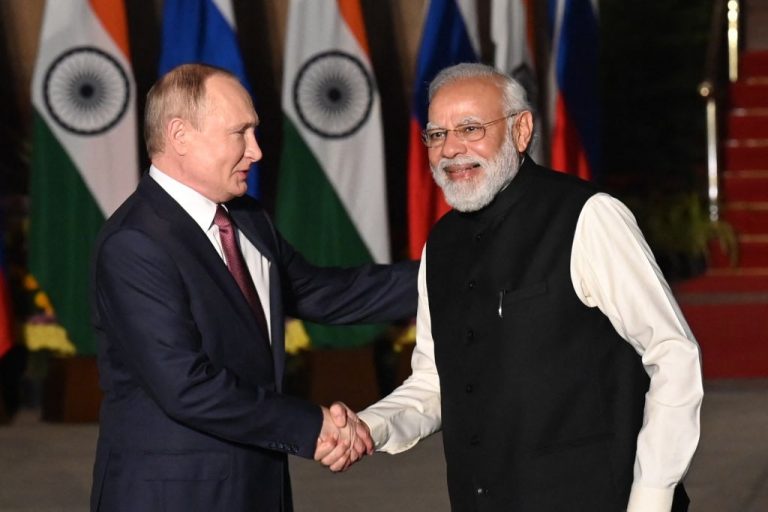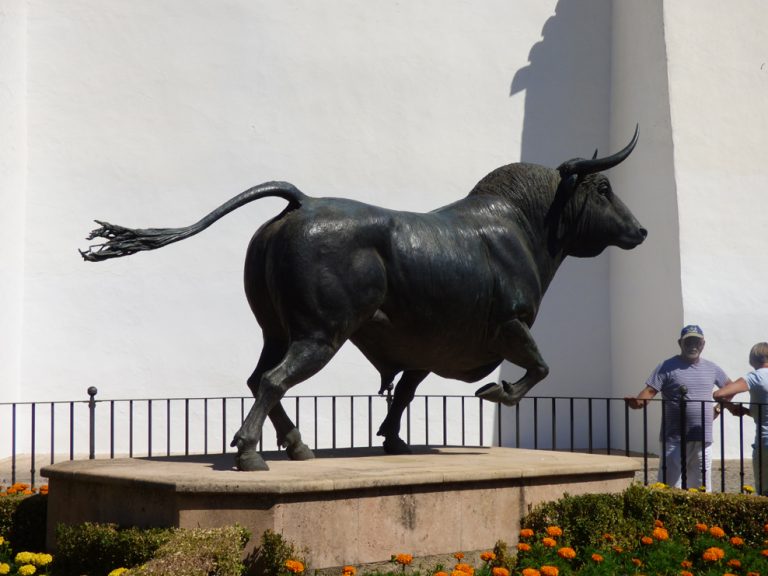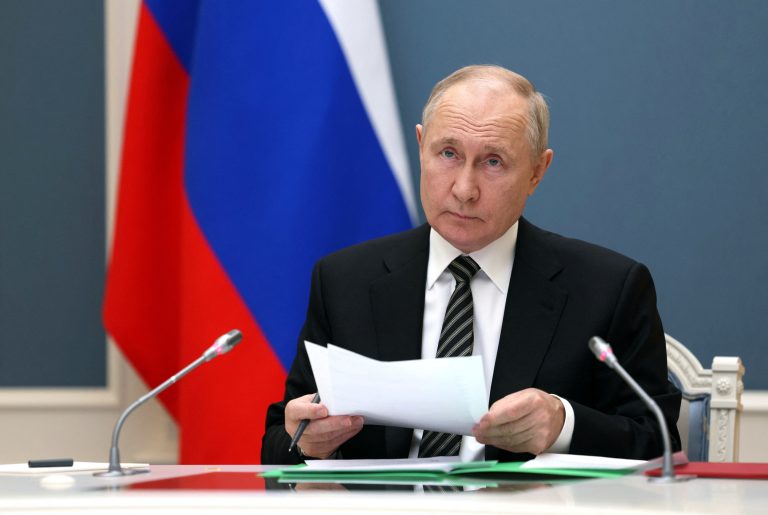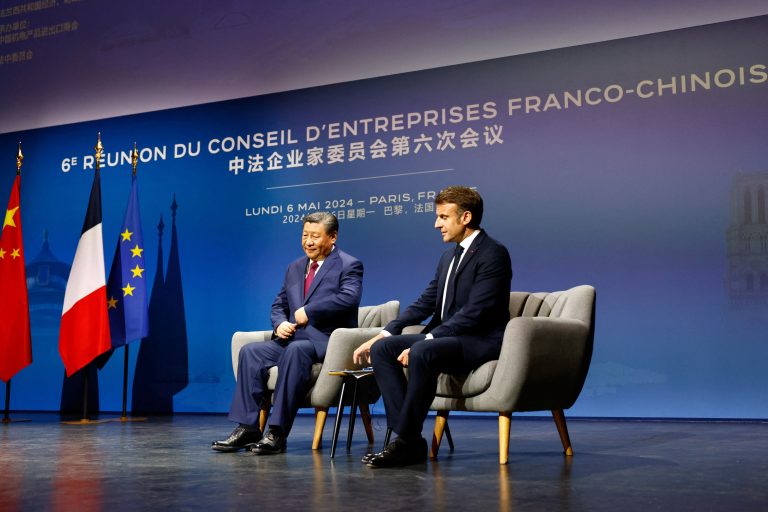Evolving geopolitical tensions surrounding the Russia-Ukraine conflict and the International Rules Based Order’s near-ubiquitous sanctions and cancel culture against the Russian Federation may be producing the ill-intended side effect of causing the United States dollar’s most prized feature—exchangeability for crude oil—to wane on the international stage.
On March 16, Wall Street Journal reported, based on comments given by “two Indian government officials,” that India inked a deal with Russia to purchase 3 million barrels of crude oil at a 20 percent discounted fire sale price.
RELATED ARTICLES:
- Saudis Posture Dumping US Petrodollar for Yuan On Chinese Oil Sales
- Threat of Global War Looming as NATO Mobilizes After Russia Strikes Ukraine Training Facility
- Everything You Need to Know About North American Gas Prices Following Russia’s Invasion of Ukraine
Russia will additionally pay insurance and shipping costs on the transaction, which is scheduled to deliver in May.
The Journal stated that the deal was actually the execution of an option extended to Indian Oil Corp, a state-run enterprise, by Russia’s Rosneft, to deliver as many as 14 million barrels by the end of 2022.
The contract was originally signed in 2020 and extended in December of 2021 when President Vladimir Putin visited India, an indication that the Russian Federation had indeed anticipated enduring massive economic sanctions while preparing to invade Ukraine as tensions surrounding the Russian-speaking Donbass and Donetsk areas in the east dramatically escalated.
Petroruble-rupee
Success
You are now signed up for our newsletter
Success
Check your email to complete sign up
The transaction, worth approximately $245 million USD equivalent based on a 20 percent discount against the Brent Crude March 16 closing price of $97.95, while enormous, nonetheless amounts to merely a fraction of a single day of India’s 4.5 million barrel consumption, states the Journal.
India is the third largest importer of oil in the world behind China and the United States. And while imports amount to more than 85 percent of its consumption, only 2 percent has historically been brought in from Russia.
Minister of Petroleum and Gas Hardeep Singh Puri told Parliament that he would “be delighted on the first opportunity” to transact with the Russian Federation for oil.
Although oil is traded on the world stage almost exclusively in exchange for the United States dollar, hence the term “petrodollar,” due to Russia’s blacklisted standing among globalism-aligned countries and the economic sanctions that follow, the situation has led to India and the Russian Federation “exploring the possibility of a rupee-ruble currency arrangement to facilitate payments for crude oil and other existing trade.”
The Journal said the arrangement was far from without precedent, “India has previously used a similar mechanism when it was granted an exemption for oil imports from Iran, where Indian buyers deposited rupees into a bank account, which were then drawn from to pay exporters to Iran.”
A March 17 article by the Washington Post further elucidated on the matter, “The Indian officials characterized the ruble-rupee ledgers, which will probably be set up at Russian and Indian banks that are not exposed to the U.S. financial system, as a solution to help the Indian economy and its exporters rather than a way to evade potential U.S. sanctions.”
Two-in-a-row
The news comes only days after OPEC+ member state Saudi Arabia postured it was considering trading oil with China and its ruling Communist Party in exchange not for the petrodollar, but for the yuan.
China imports more than 25 percent of the country’s oil and has been courting the nation to dump the petrodollar to help establish a petroyuan for at least six years.
However, the situation is complicated for Saudi Arabia as it stands with its feet between U.S., Chinese, and Russian boats.
While the Saudis own the largest refinery in the United States via state-owned Aramco, the country also accepted a $1 billion infusion from U.S. military industrial complex cornerstone Lockheed Martin on March 8.
Petroyuan chatter notably started only a day after Aramco announced a deal to enter a “joint partnership” with CCP state-controlled enterprises to build a $10 billion refinery in Northeast China.
Meanwhile, not only does the Russian Federation import only slightly less oil than neighboring China, 1.6 million versus 1.72 million barrels per day, the Saudis also entered into a military cooperation agreement with Russia as recently as August of 2021.
















